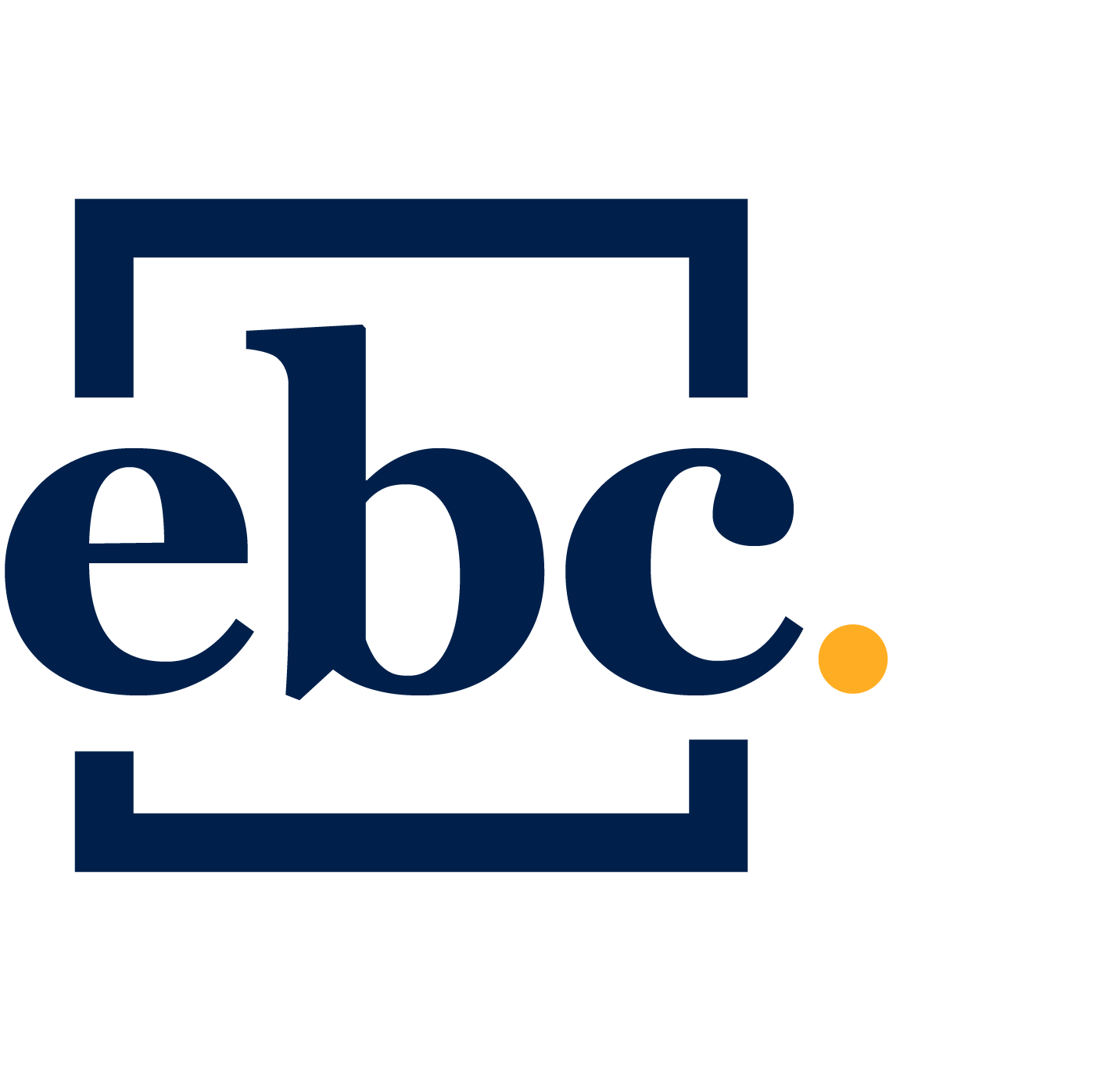4 Simple Budgeting Methods to Make Budgeting Easy

Written By Jay

Learn how one of these 4 simple budgeting methods that could help you break through that financial plateau and start making real progress toward your financial success.
Making sure that you have a budget set up is essential to having a healthy relationship with your money and bills. Having a budget in place will help you plan out your spending in order to achieve your financial goals and will give you the information that you need to know where your money is going each period.
It can be tempting to think that having your bills set up to automatically come out of your account each month and having a credit card for emergencies is you being on top of your money, but it isn’t. I’ve been there before and it just doesn’t work. You will always spend more than you think and even if you aren’t spending more than you make each month, you will be undermining your savings and will always be living with that fear of the unknown. Ignoring your finances isn’t the answer. When you pull back the curtain and take a good look at your finances you will feel better and put yourself in position to take control and succeed. Let’s get started!
Budgeting Methods: Table of Contents
Budget Types
Budgeting takes many forms and can include many strategies in order to meet your specific financial goals. Choosing the right budgeting method will depend on these financial goals and your personal preferences. In the end, what you use needs to work for you which is why budgeting is a very individual thing.
The first step is to think of what your priorities are. Do you have debt that needs to be paid off? Do you have aggressive savings goals in mind? Another thing to consider are any specific difficulties that you may have with spending or with budgeting in general. Have you tried to budget before but failed, and if so, why? Keep these things in mind as we go through these 4 simple budgeting methods.
1. 50/30/20 Budget
The 50/30/20 budget creates a simple guideline for you to follow in order to effectively categorize your spending. Its ease of use and ability to take the guesswork out of your budget makes it a great budget to consider for those new to budgeting or for those just looking for a simpler option.
All budgets categorize your spending and income to some extent, however the 50/30/20 places guard rails to ensure that you are within your targets. The three main categories for this budget are:
50% toward your necessary expenses aka your “needs”
This category is going to include all of your needs. Things like rent, utilities, insurance, internet and phone bills, food, etc. If you need to pay for it every month it falls under this category.
30% toward your discretionary expenses aka your “wants”
This category is going to include any spending that you don’t need to pay for. Eating out, shopping for clothing that you don’t need, entertainment, and yes, Starbucks and similar would be included here as well.
20% toward your savings and paying off debt
This one is a bit more obvious than the others. The remaining 20% of your income is going to go toward your savings and paying off any debt that you may have. How you prioritize this amount is up to you.
These three categories simplify the budgeting process and make budgeting a little less intimidating for the new budgeter. One thing to remember though: don’t get too hung up on the percentages. Think of these as guidelines and adjust according to your situation.
If you have a lot of debt or have aggressive savings goals, you could (and should) allocate more than the standard 20% toward savings and debt. In fact, I would say that this is a good approach even if this isn’t the case.
2. Zero Based Budget
A zero based budget is a fairly simple concept and approaches budgeting with a simple goal in mind: to make sure every single dollar goes somewhere. This is a good approach to take when setting up your budget because it forces you to think about your money in detail. Generally speaking, the more you know about your money, the better.
To put it another way, when using this type of budget, your income is going to equal your expenses. If you make $3,000 each month, your expenses (and savings and debt payments) will equal this amount also. While this budgeting strategy may seem difficult, don’t let it stop you from trying it out as it can be a very effective way to budget.
One way that I like to make sure all of my dollars are accounted for is to budget conservatively. If I have unspent dollars left over they get lumped into savings. This way I always hit my targets and every dollar gets allocated somewhere.
3. Envelope Method/Cash method
This budgeting method is a good one to try out if you have a tendency to overspend using your debit or credit card. It’s easy to spend more than you planned when the action is the same, ie. using your card. Numbers on a screen or receipt just don’t have the same impact as handing over your money.
If this sounds like you, using cash as a way to make your spending more relatable could be a good way to reign in your spending. Watching all of your grocery budget disappear as you pay for items helps to reinforce the relationship between real items and their cash value. Also, when you run out of cash, you cannot spend anymore.
If using this method sounds difficult, consider using a hybrid version of this. If you have a particular problem area with spending, like groceries, or coffee, implement the envelope/cash method for that specific expense and use your card as usual for other areas. This way you can take a more targeted approach and still enjoy the convenience for expenses that are more routine.
4. Pay Yourself First Budget
Do you have debt that needs to get paid off or savings goals that have a high priority within your budget? If so, the pay yourself first budgeting method would probably be a good fit.
What sets this budgeting strategy apart from others is that you pay yourself first by placing a specific amount or percentage of your income directly into savings or toward paying off debt, or both, before anything else, this way, your savings and debt payoff goals get priority.
There is still planning that needs to take place using this budgeting technique to make sure that the amount that you put toward savings and debt allow for enough remaining income to cover your necessary expenses and discretionary expenses. You can also use this in conjunction with another budgeting method. Simply prioritize your savings and debt and make sure that this portion of your budget gets covered before anything else.
Don’t give up!
Whenever you start something new, even a budget, it is normal to feel excited. While this may eventually wear off (if it doesn’t you should consider accounting as a profession), make sure to recognize the “wins” along the way. Saving money can be difficult and budgeting takes discipline. Celebrate every dollar saved, paid off, and spent well. Stay the course because you are building something incredible and it’s worth it.
Remember that you are not stuck to the same way of doing things. Budgeting is personal and will change as your circumstances change and as you learn more about what works best for you. Make changes and experiment with your budget. Learn from these changes and apply what you learn.
One of the biggest things to keep in mind on your budgeting journey is that it is a journey. There are no quick fixes with finances, however, there is satisfaction in knowing that you are starting down the path of financial freedom and success. Enjoy the journey and know that you are going somewhere good.
DISCLOSURE: THIS POST MAY CONTAIN AFFILIATE LINKS AND/OR PAYED PLACEMENT. PLEASE READ MY DISCLOSURE FOR MORE INFO.






0 Comments